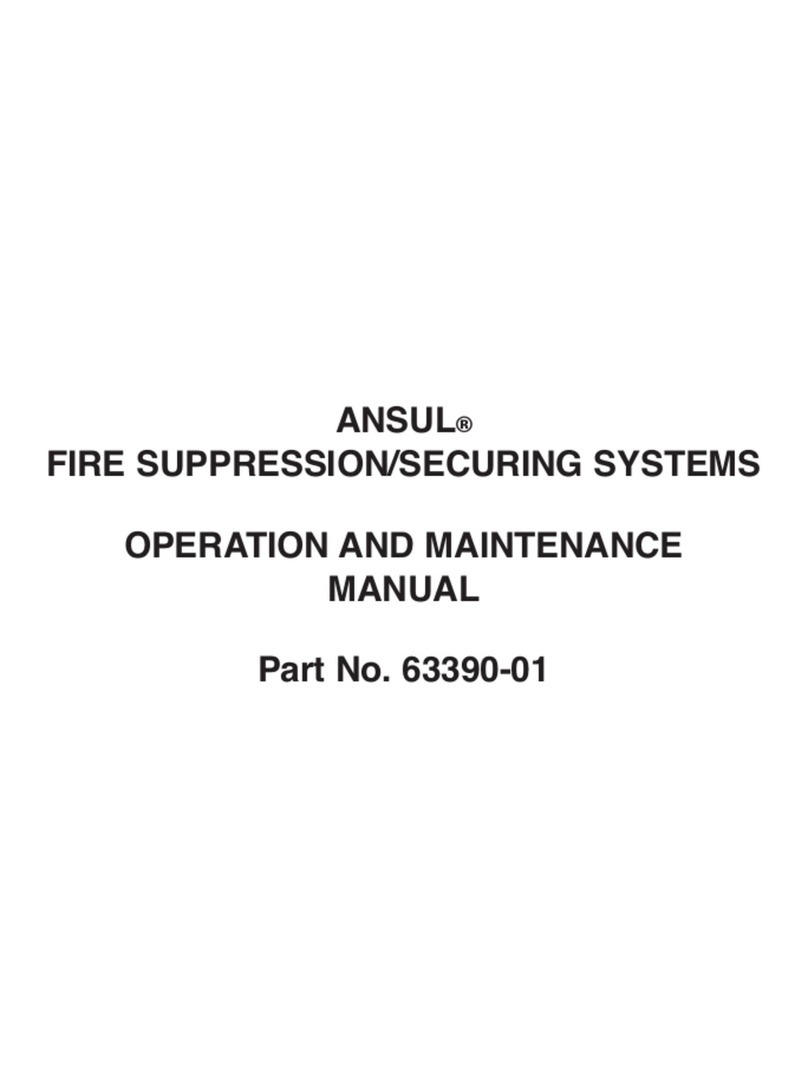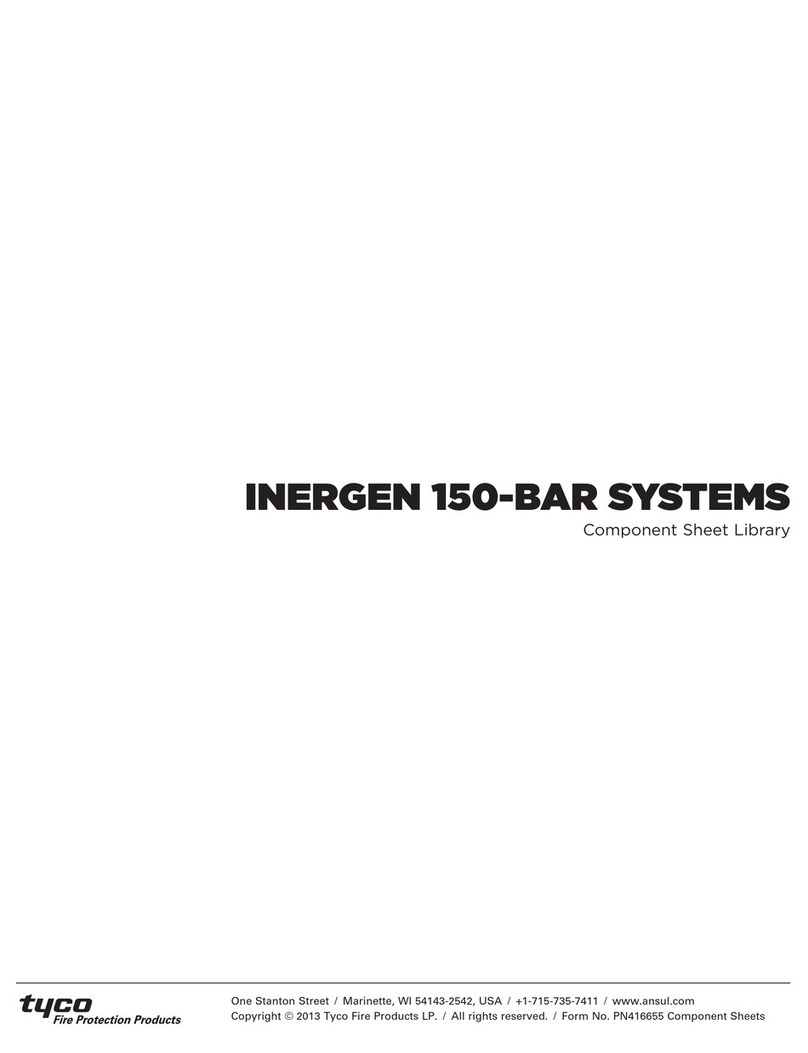
Contents 1 Cautions, warnings, and regulatory information.................................................................................... 3
2 Overview...................................................................................................................................................... 4
2.1 Z-20 Product List................................................................................................................................................................................ 4
2.2 Glossary.............................................................................................................................................................................................. 5
2.3 User Interface.................................................................................................................................................................................... 5
2.4 Setting up single and multiple hazards.......................................................................................................................................... 6
3 Installation.................................................................................................................................................. 8
3.1 Mounting the AUTOPULSE Z-20....................................................................................................................................................... 8
3.2 Trim kit................................................................................................................................................................................................ 9
3.2.1 Applying the trim kit..................................................................................................................................................................................... 10
3.3 Wiring................................................................................................................................................................................................ 10
3.3.1 Safety ground/ ferrite bead........................................................................................................................................................................ 12
3.3.2 AC supply wiring............................................................................................................................................................................................ 13
3.3.3 Battery guidelines......................................................................................................................................................................................... 13
3.4 Power................................................................................................................................................................................................ 13
4 NAC power supply.................................................................................................................................... 15
4.1 NAC power supply specifications.................................................................................................................................................. 16
4.2 NAC section overview..................................................................................................................................................................... 16
4.3 Specifications................................................................................................................................................................................... 17
4.3.1 Wiring parameters........................................................................................................................................................................................ 17
4.3.2 Wiring distances............................................................................................................................................................................................ 18
4.3.3 Class A wiring................................................................................................................................................................................................. 19
4.3.4 Class B wiring................................................................................................................................................................................................. 20
4.4 Troubleshooting.............................................................................................................................................................................. 21
5 AUTOPULSE Z-20 power supply.............................................................................................................. 22
5.1 Power supplies specifications........................................................................................................................................................ 22
5.2 IDNet Section overview................................................................................................................................................................... 22
5.2.1 Specifications................................................................................................................................................................................................. 22
5.2.2 Device addressing, Class A, Class B, and Class X.................................................................................................................................. 23
5.2.3 Wiring parameters........................................................................................................................................................................................ 24
5.2.4 Class A Wiring................................................................................................................................................................................................ 25
5.2.5 Class B Wiring................................................................................................................................................................................................ 26
5.3 Auxiliary power selection............................................................................................................................................................... 27
5.4 RUI section....................................................................................................................................................................................... 29
5.5 Troubleshooting.............................................................................................................................................................................. 31
6 Optional modules and cards.................................................................................................................. 32
6.1 Example of combinations............................................................................................................................................................... 33
7 Appendix A Special application NAC-compatible SRP peripherals..................................................... 35





























